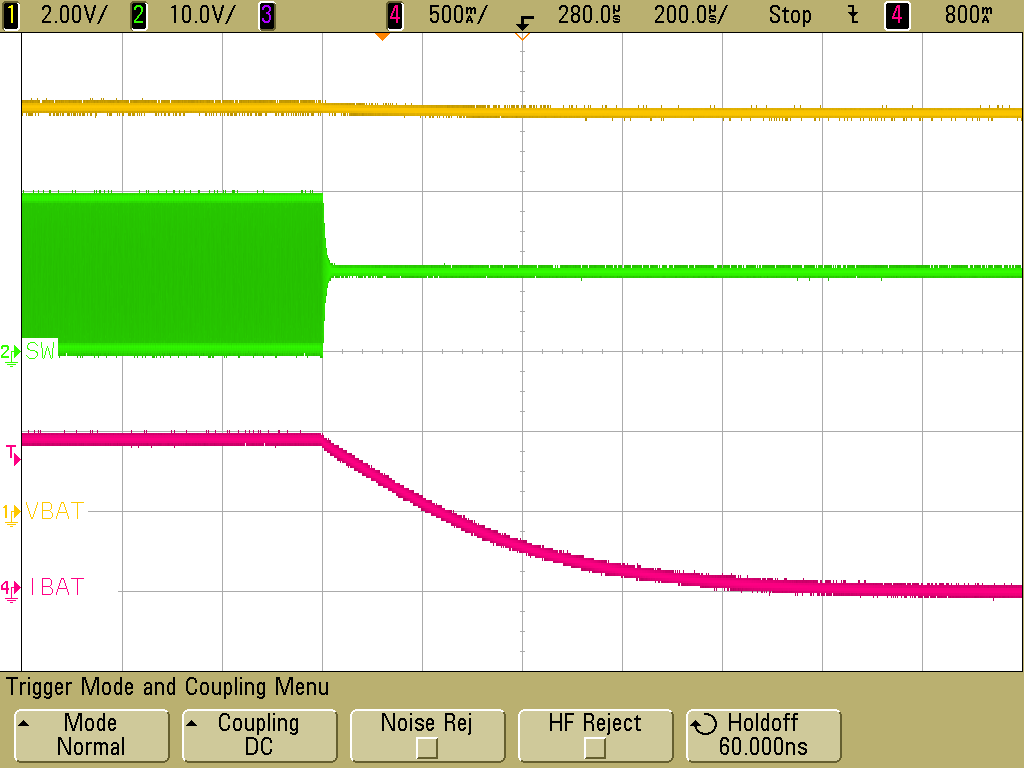Other Parts Discussed in Thread: BQ2961
Dear Sir or Madam,
TI devices mentioned in this thread show great performance and are brilliantly documented but there is one feature which is missing. Details below.
1) We are designing a tablet entertainment device. LiPo battery manager is bq40z50r2 and charging is done by bq24725a. Both devices are connected to the same SMBus communication interface which is hosted by stm32f0. It is mandatory to init stm32f0 SMBus with PEC on or off mode. Because of BQ24725A we are not able to activate PEC feature.
2) When we are sending chargeVoltage and chargeCurrent to bq24725a I always have a concern. What if due to EMI we will have smbus packet error and LiPo charge voltage will be exceeded? I know that we have several protections from bq40z50r2 battery manager (which include input mosfets, permanent failure thermal fuse, independent bq2961 protection) and this is not a safety question. But I do not think a user will have a pleasure to see a tablet charging problem with no obvious reason.
2a) By the way what will be bq24725a behavior when chargeVoltage command gives value less than a battery actual voltage? e.g. chargeVoltage = 9V and battery voltage is 10V.
3) System Engineering. From application documents we know that some sensitive schematic parts need to be referenced to analog ground. And from this point of view, it will be convenient to design separate board which is placed in close vicinity to the cells and includes only battery management and charging (cells tabs actually can be soldered to such dedicated board). And in such configuration, our central board will have a single digital ground. Due to SMBus PEC we can not go this way because I am not comfortable with "long" interface wires inside the tablet which are not covered by the checksum.
Sorry for many words. We are striving to provide the best design and this thing degrade technical solution...
Maybe in some new revisions TI will be able to support SMBus PEC mechanism.
Thank you
Andrei



